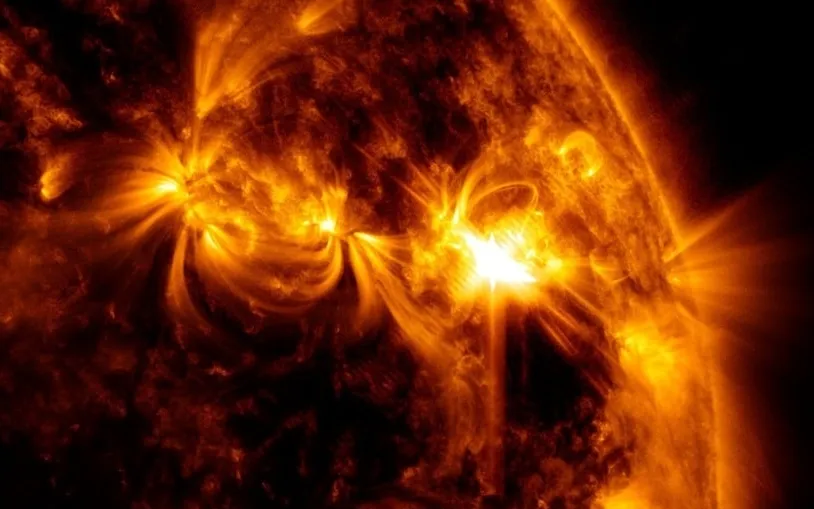The Risks of Magnetic Storms to Technology: GPS, Satellites, and the Power Grid
The US Space Weather Prediction Center (SWPC) has defined a magnetic storm as a significant disruption of Earth’s magnetosphere, which happens when energy from the solar wind is efficiently transferred into the space environment surrounding Earth. These storms are categorized on a scale of 1 to 5, with 1 being the least severe and 5 being the most severe. The Carrington storm in 1859 is the most intense magnetic storm ever documented.
The dangers of magnetic storms
1. Technology disruptions: Rapid changes in the magnetic field during magnetic storms can negatively impact our technology-based infrastructure. This is especially true during heavy storms.
2. Communication problems: Magnetic storms cause heating and distortions in the ionosphere, which can make long-range radio communication difficult or even impossible. The use of global positioning systems (GPS) can also be affected, which impairs communication.
3. Satellite problems: Magnetic storms can cause the ionosphere to expand, increasing drag on satellites and making it challenging to control their orbits. The buildup and discharge of static electricity during these storms can also damage satellite electronics. Astronauts and high altitude pilots may be exposed to higher levels of radiation.
4. Power grid overvoltages: Magnetic storms generate rapid changes in the magnetic field, which can cause voltage spikes in power grids. These excesses can cause blackouts and disrupt the supply of electricity.
The historic geomagnetic storm of 1859
The most significant geomagnetic storms are associated with coronal mass ejections (CMEs). The Carrington storm of 1859 was the largest ever recorded. It led to intense aurora borealis and malfunctioning telegraph systems. Operators were even electrocuted by the storm.
Recent geomagnetic storms
On February 9 and 10, a moderate geomagnetic storm affected the Earth. However, it was not considered particularly dangerous. This storm was triggered by a filament discharge in the Sun. Similar geomagnetic storms have occurred in the past, including one on February 3.
Magnetic storms pose risks to our technology, communications systems, satellites and power grids. Understanding their effects can help us prepare for and mitigate their potential dangers.




